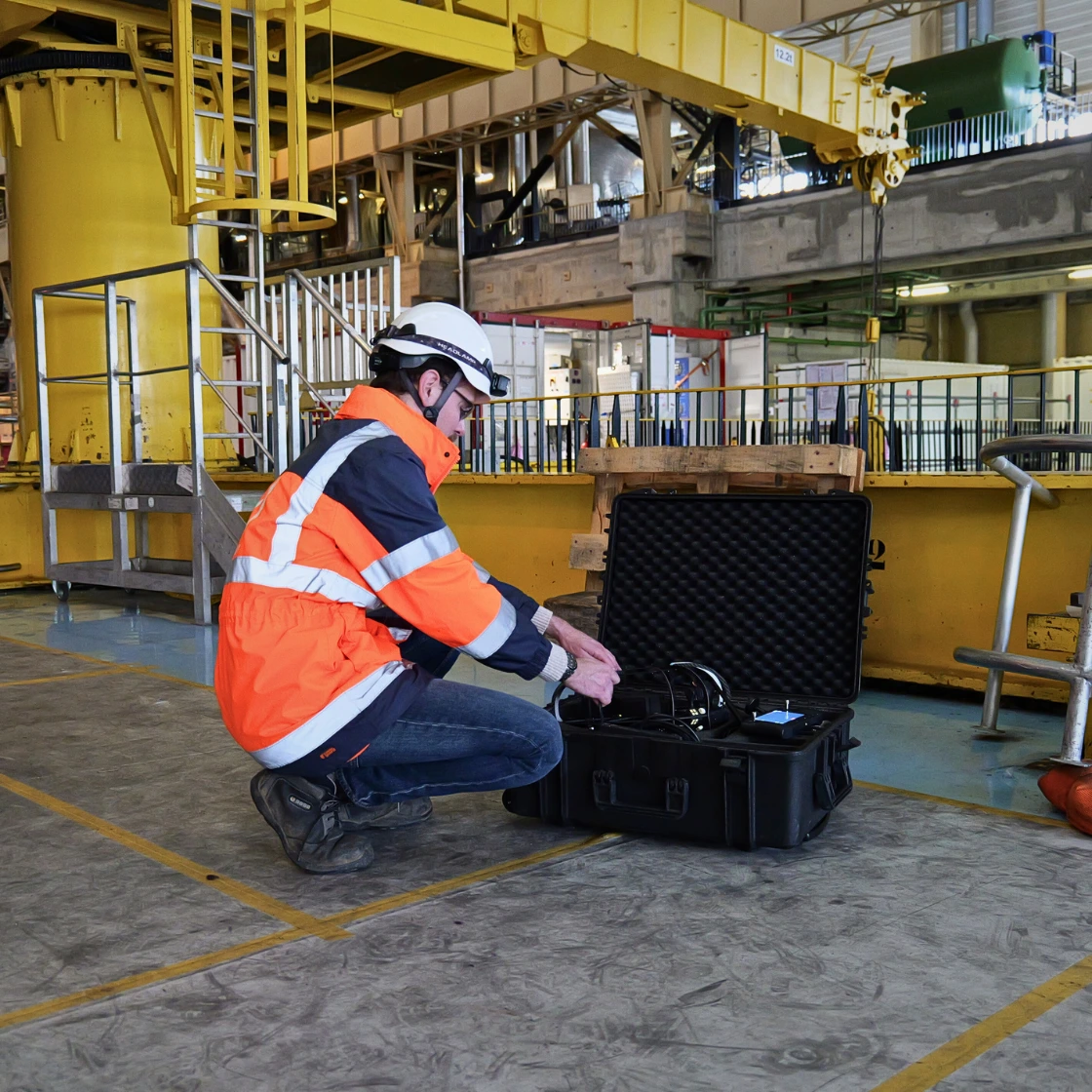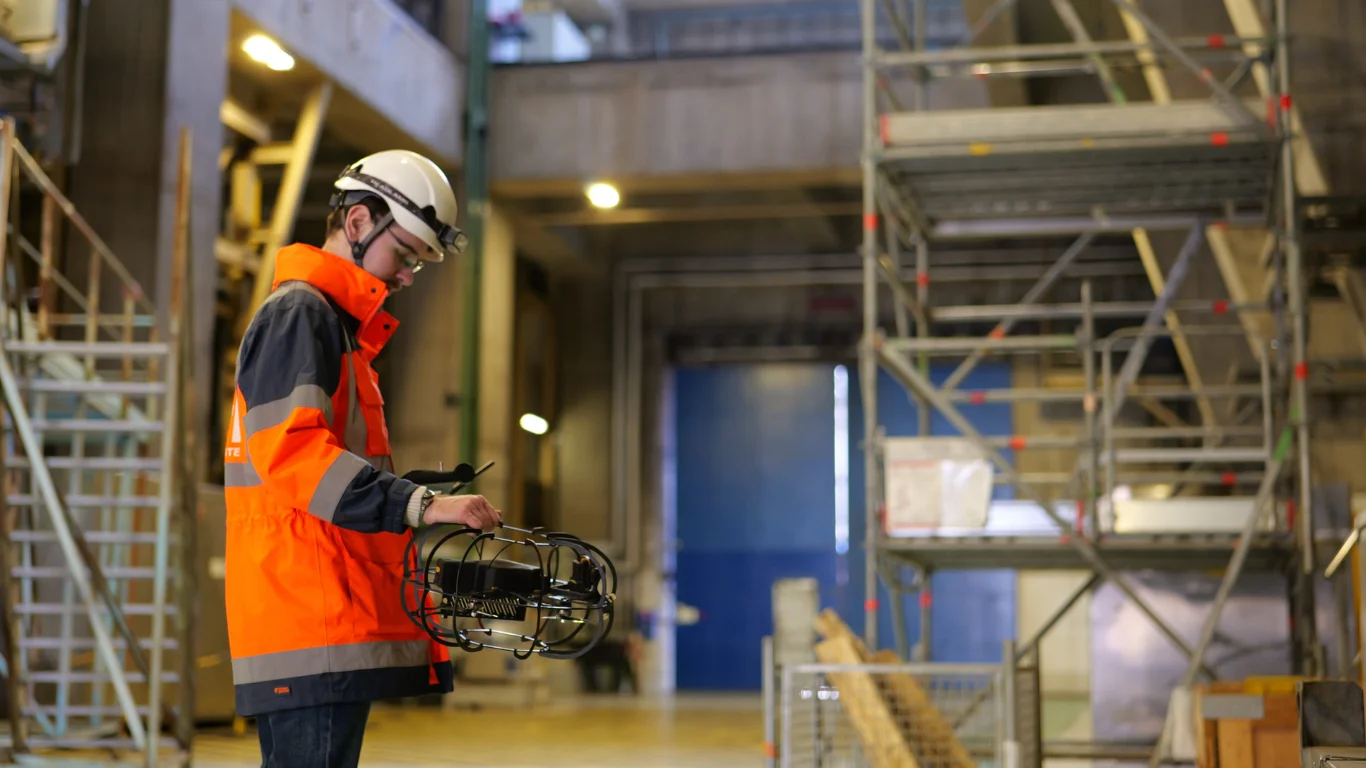Inspection in confined spaces is a major challenge for many industries, especially those that handle hazardous substances or operate in high-risk environments. Places such as underground tanks, pipelines, chemical plants, and even nuclear or oil sites represent environments that are often inaccessible and potentially dangerous for workers. The physical, chemical and biological risks inherent in these environments make human interventions complex and risky. Fortunately, inspection drones, such as those offered by Multinnov , have come to transform these practices by offering a safer and more efficient alternative. But one question remains: is the remote pilot exam necessary to guarantee the success and safety of these inspection missions?
The challenge of inspection in confined spaces
Inspections in confined spaces mainly concern areas that are difficult to access, where human presence is either risky or impossible. These environments are often associated with risks such as inhalation of toxic gases, fires, explosions or risks of falls. In the nuclear sector, for example, the inspection of tanks or underground pipelines requires strict measures to avoid any contamination or exposure to radiation. In the oil or chemical sectors, gas leaks or accumulations of steam can make access extremely dangerous.
Drones, especially those equipped with advanced technologies such as high-resolution cameras and specialized sensors, are able to carry out inspections in these environments while ensuring the safety of operators. These devices allow continuous monitoring without the need to send personnel on site, which significantly limits human risks. They are able to detect anomalies invisible to the naked eye, such as gas leaks or cracks in structures, while allowing more precise and real-time data collection.
Risks associated with inspection in confined spaces
Inspection in confined spaces is particularly complex due to the risks inherent in these environments. These risks include:
• Chemical and biological hazards : Inspectors may be exposed to toxic gases, corrosive chemicals, or pathogens in the air or materials being inspected.
• Physical hazards : Lack of space, unstable structures, risk of falls and darkness make inspections particularly dangerous. Loss of oxygen supply and poor ventilation in confined spaces are also hazards for human workers.
• Electrical hazards : In certain industrial environments, the presence of faulty electrical installations can lead to electrocution.
In many cases, the optimal solution is to use automated technologies to minimize exposure to human risks. Using drones not only helps avoid such exposures, but also provides valuable insights into hard-to-reach areas. These devices can operate autonomously in confined spaces, performing reconnaissance, measurement, or leak detection missions without requiring a technician to physically be present in these hazardous areas.
The role of the remote pilot in inspection in confined environments
Although drones can eliminate the risks associated with human presence in dangerous areas, their effectiveness depends largely on the skills of the remote pilot who controls them remotely. In complex environments such as confined spaces, the remote pilot plays a crucial role in ensuring the success of the mission. Their role is not limited to simply handling the device; it also involves:
• Risk management : The remote pilot must be able to assess the risks of a mission in real time and modify the drone's trajectory if necessary.
• Understanding the data : Modern drones, such as Multinnov ’s Roview2 or Stereo2, are equipped with advanced sensors to detect invisible anomalies, such as gas leaks or cracks in structures. The remote pilot must be trained to interpret this data and react appropriately.
• Navigating Complex Spaces : One of the major challenges of confined space inspection is navigating the drone in narrow, poorly lit, or cluttered spaces. A skilled drone pilot is essential to prevent the drone from getting stuck or being damaged in confined areas.
In summary, the effectiveness of drones in inspection largely depends on the ability of the remote pilot to manage both the technology and the risks associated with the environment. This raises the question of the need to have a certified and qualified remote pilot to carry out these inspections.
Remote pilot exam: An essential competence criterion?
The role of the remote pilot is at the heart of the efficiency and safety of drone missions in confined environments. The examination and certification of remote pilots, as a criterion of competence, are therefore essential elements to guarantee the quality of inspections. A certified remote pilot not only has the technical knowledge necessary to fly a drone in extreme conditions, but is also trained in risk management and the interpretation of the data collected.
The certification of a remote pilot ensures that the latter not only masters the use of drones, but also the regulations in force and the specificities of confined environments. He can thus manage the risks inherent in inspections and take
real-time decisions to avoid incidents. A qualified remote pilot is therefore a guarantee of safety, both for the crew and for the integrity of the installations inspected.
In addition, the remote pilot exam validates their skills in navigating in confined spaces. They must be able to pilot drones in restricted and dangerous areas, while respecting safety protocols, making them a key player in preventing accident risks and ensuring the success of the mission.
Inspection in confined spaces represents a major challenge for industries, due to the risks associated with difficult-to-access and potentially dangerous environments. The use of drones, as solutions Roview2 And Stereo2 of Multinnov , helps overcome these challenges by ensuring risk-free interventions for operators. However, these technologies are only effective if they are used by qualified and certified remote pilots. The examination of the remote pilot, as a competence criterion, is therefore essential to guarantee the safety and success of inspection missions in confined environments. This process ensures that remote pilots have the necessary skills to master the technical challenges and specific risks of each environment, while offering efficient and secure inspection solutions.



